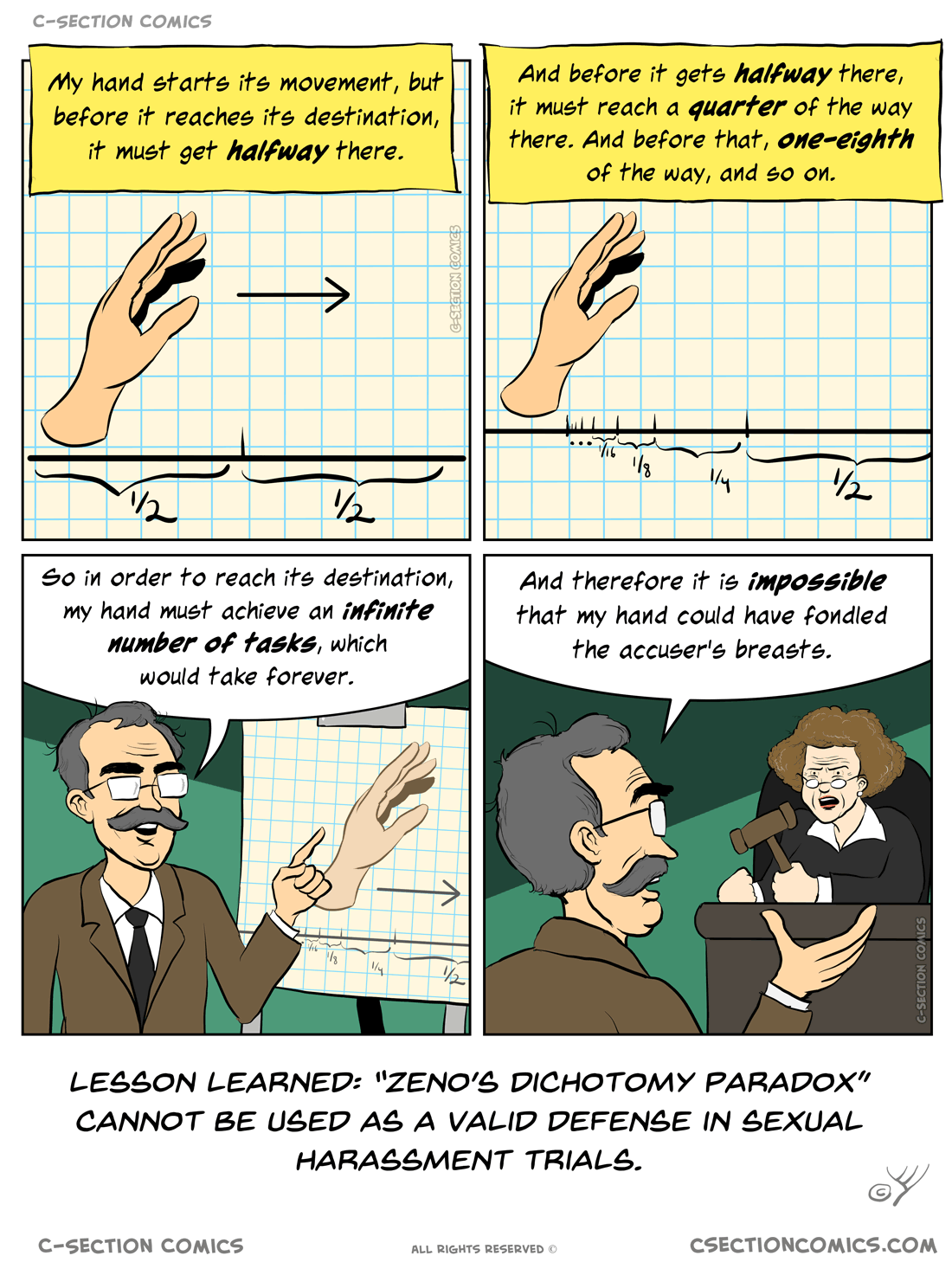this post was submitted on 05 Apr 2024
516 points (96.6% liked)
Comic Strips
16349 readers
1966 users here now
Comic Strips is a community for those who love comic stories.
The rules are simple:
- The post can be a single image, an image gallery, or a link to a specific comic hosted on another site (the author's website, for instance).
- The comic must be a complete story.
- If it is an external link, it must be to a specific story, not to the root of the site.
- You may post comics from others or your own.
- If you are posting a comic of your own, a maximum of one per week is allowed (I know, your comics are great, but this rule helps avoid spam).
- The comic can be in any language, but if it's not in English, OP must include an English translation in the post's 'body' field (note: you don't need to select a specific language when posting a comic).
- Politeness.
- Adult content is not allowed. This community aims to be fun for people of all ages.
Web of links
- [email protected]: "I use Arch btw"
- [email protected]: memes (you don't say!)
founded 2 years ago
MODERATORS
you are viewing a single comment's thread
view the rest of the comments
view the rest of the comments

I think this idea works, and it's consistent with the way the 'paradox' was presented. I just need to point out that movements aren't performed in steps, the intermediate positions are also continuous, so there are undoubtedly infinite positions to map with undoubtedly infinite instants. To me, that's the "true" solution.
As I see it, the only reason the paradox presents halving steps is because it's the easiest way to demonstrate that there are infinitely many steps. It doesn't bother to show that there's uncountably infinite steps because countable is sufficient.
But as I said, your proof (or disproof?) works for the argument as it was presented, so it's good!
I much prefer the physics approach: disproof by experiment! "Look at my gavel. According to your theory, it has infinitely many steps to go through before it reaches the pad, so it can never hit the pad." *bang* "Motion denied."
That's not what quantized time suggests. It may be that our universe does have a minimum time step, just as we know for a fact there exists a minimum distance step (the Planck length).
I don't think Planck length is a "minimum distance step" the way you imply it is. IIRC it's a theoretical minimum uncertainty range, or something like that. But honestly I'm not really in the know about this whole subfield so I could be wrong.
But if we take this as fact - there exists a minimum distance step - then that means there can only ever be finitely many intermediate steps and the paradox is resolved.
They're effectively the same thing. Subatomic theories will never represent the real universe, only the information parallel we can construct with human thought. It's why there are countless different hypothesis for the quantum wave function, and why things could just as easily be explained by string theory instead. We can never know how the fabric of reality functions, so an insurmountable gap in our ability to ascertain a difference between two values means they may as well be exactly the same.
Only if the minimum scalar difference in time is equal to or greater than the minumum scalar difference in space (which we know shouldn't be true, because of the speed of light). As I wrote in my other reply, "if you measure the object's position between steps, its position will be at an origin point, but because we’ve now collapsed the wave function, that position is manifested as reality and no other possibilities exist. As a result, a new time-step must pass before it can move — yet, if we measure again, the same observation will be repeated, so the wave function never gets to the target, even though we have declared that the wave function (and therefore the particle) is moving from origin to target."
Well now you're just making shit up :P
I wish I was... then again, maybe I am making it up by collapsing the wave function.